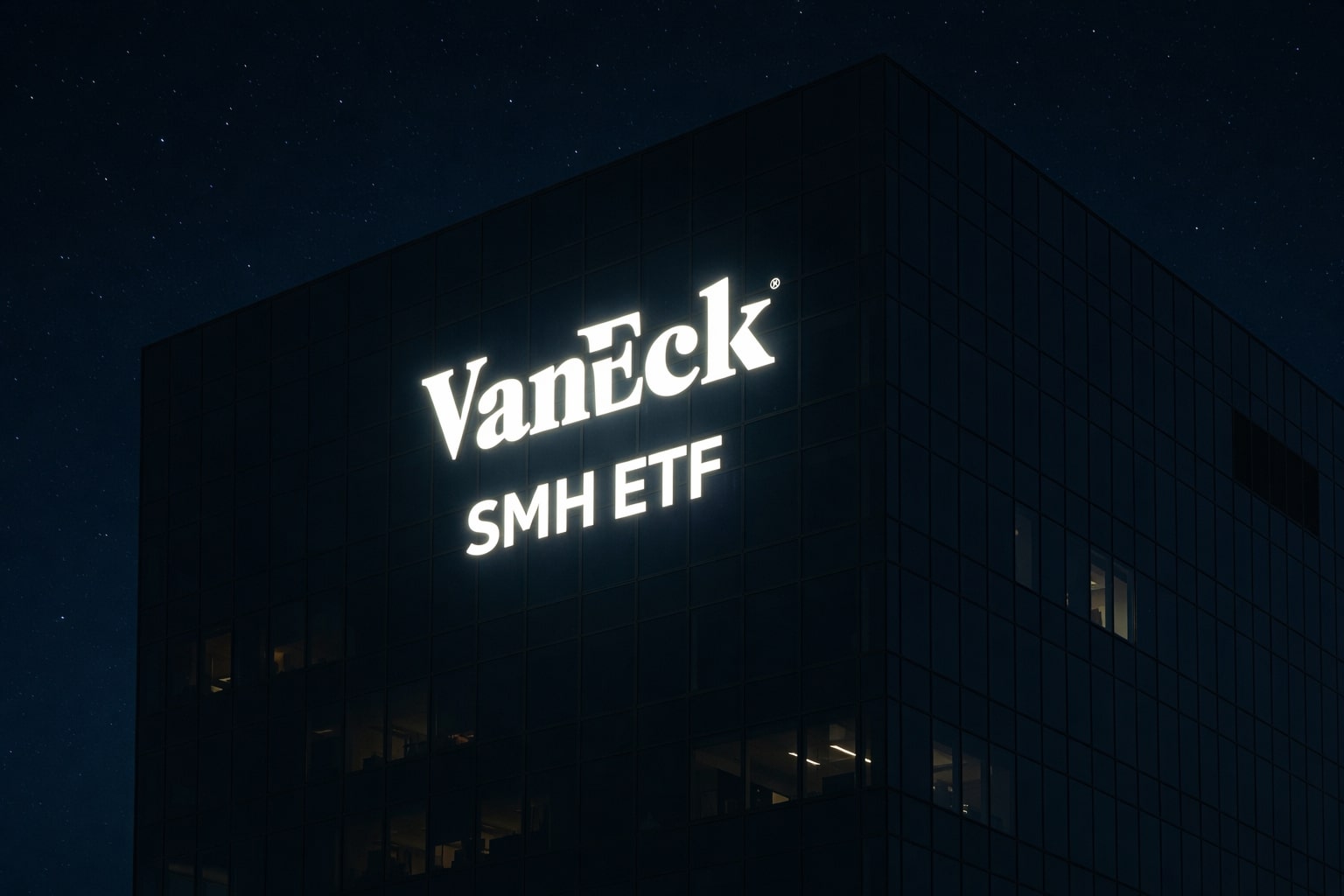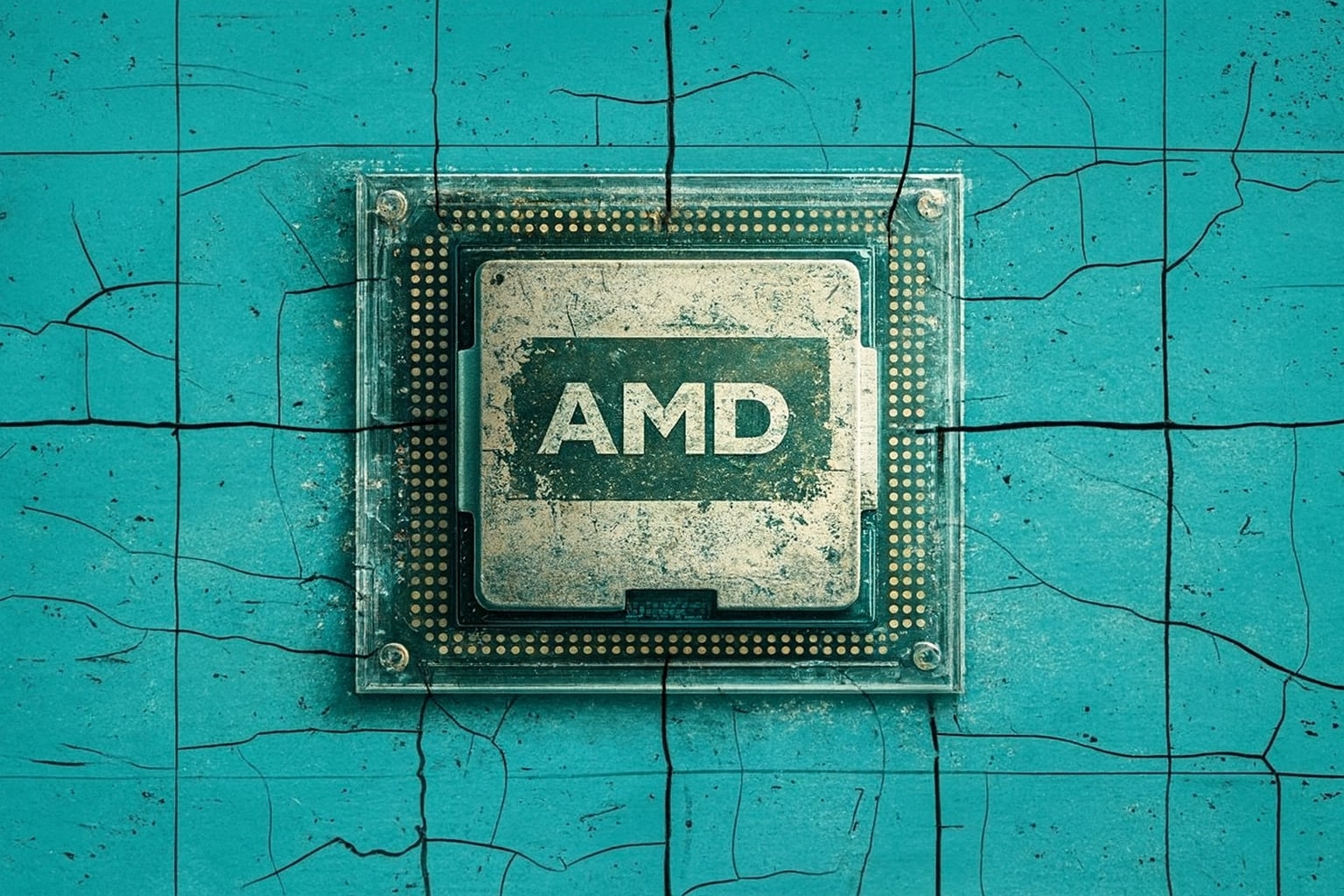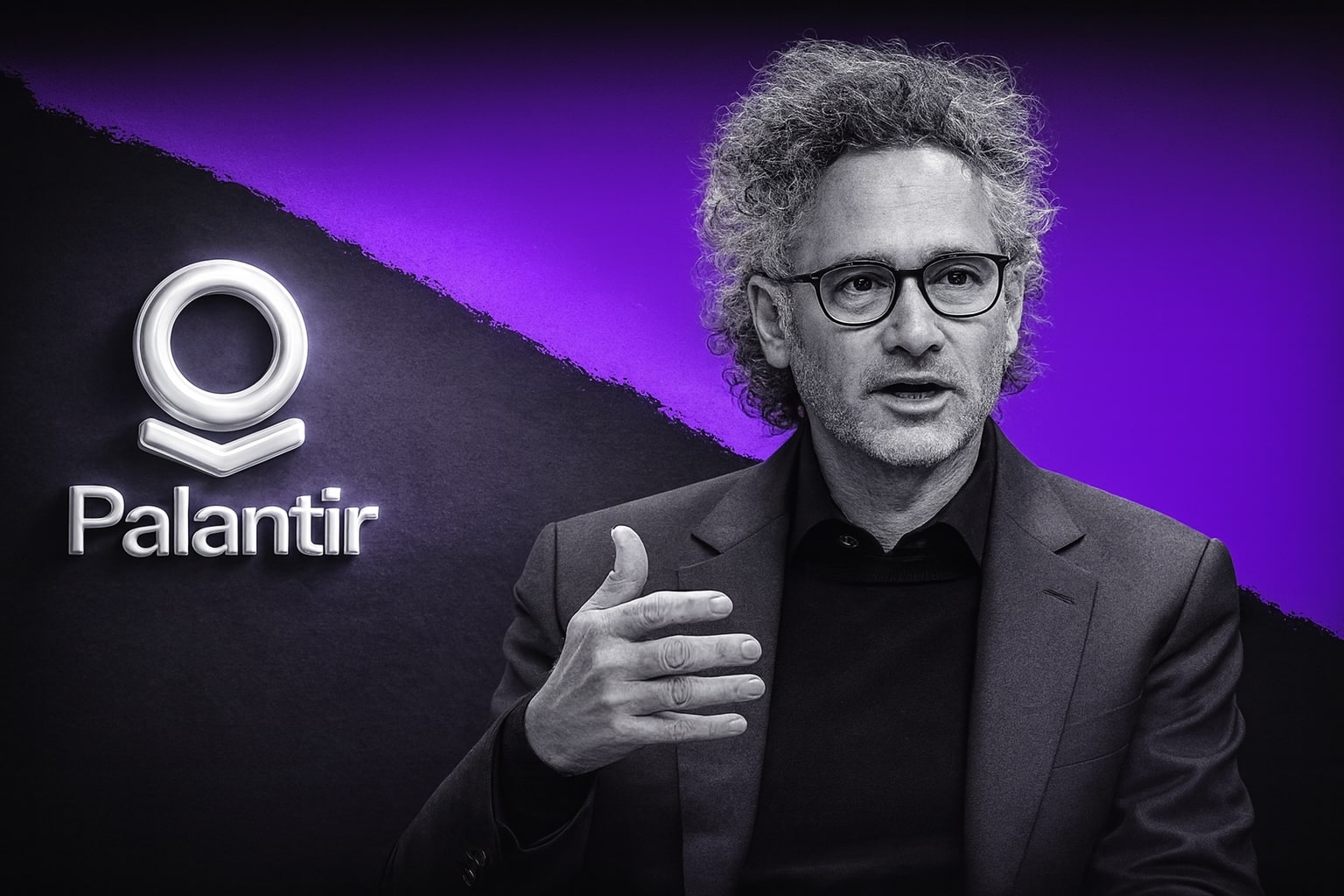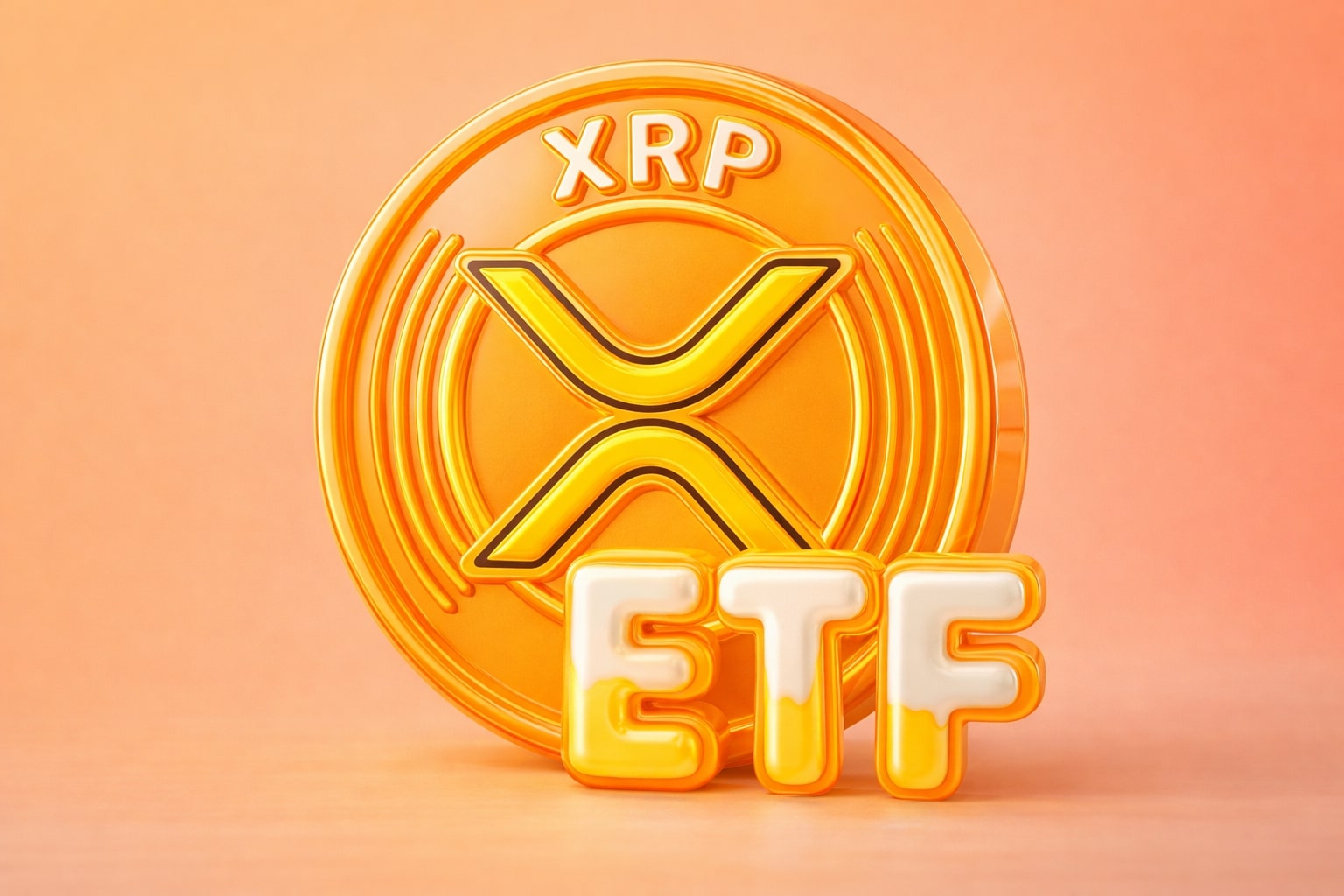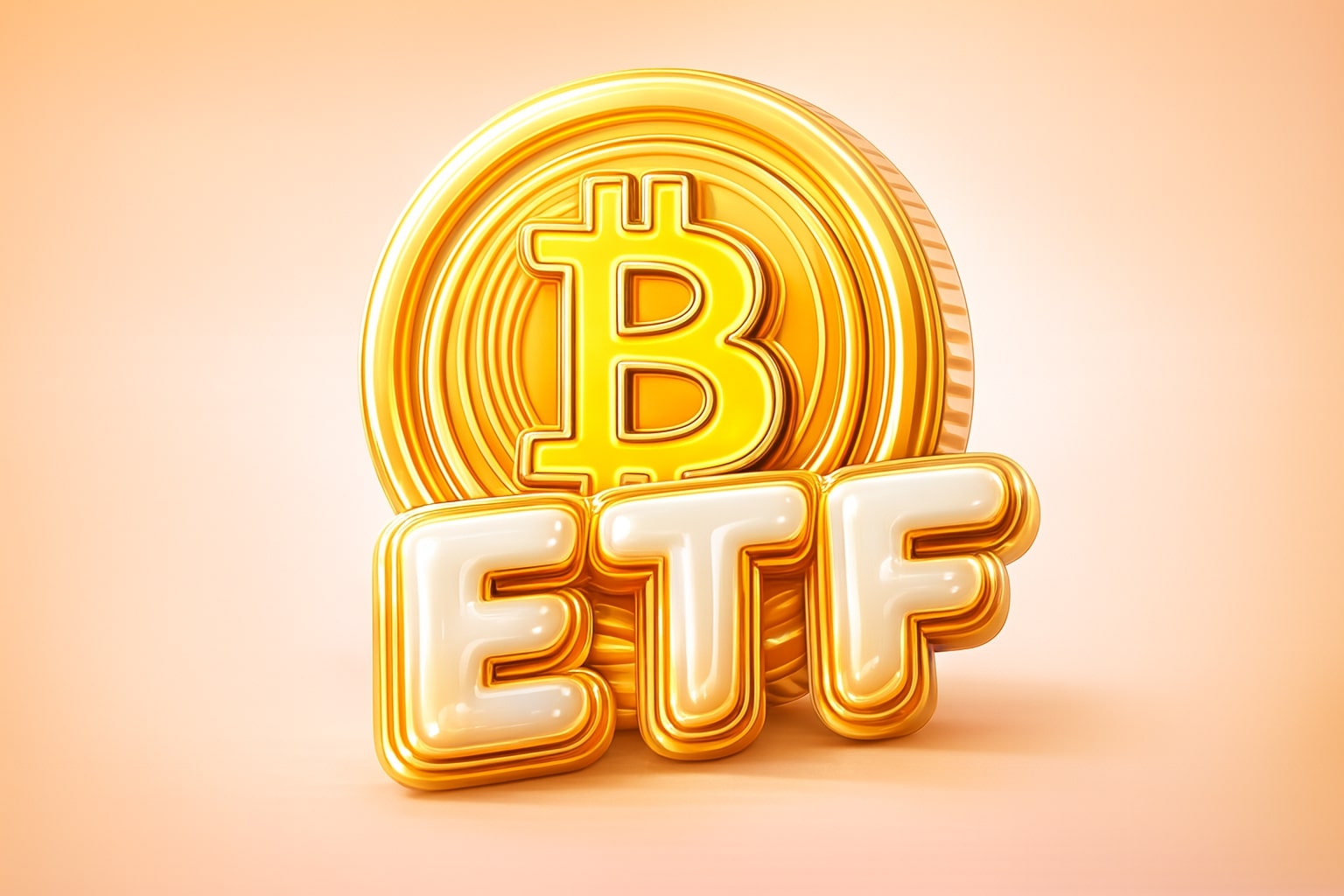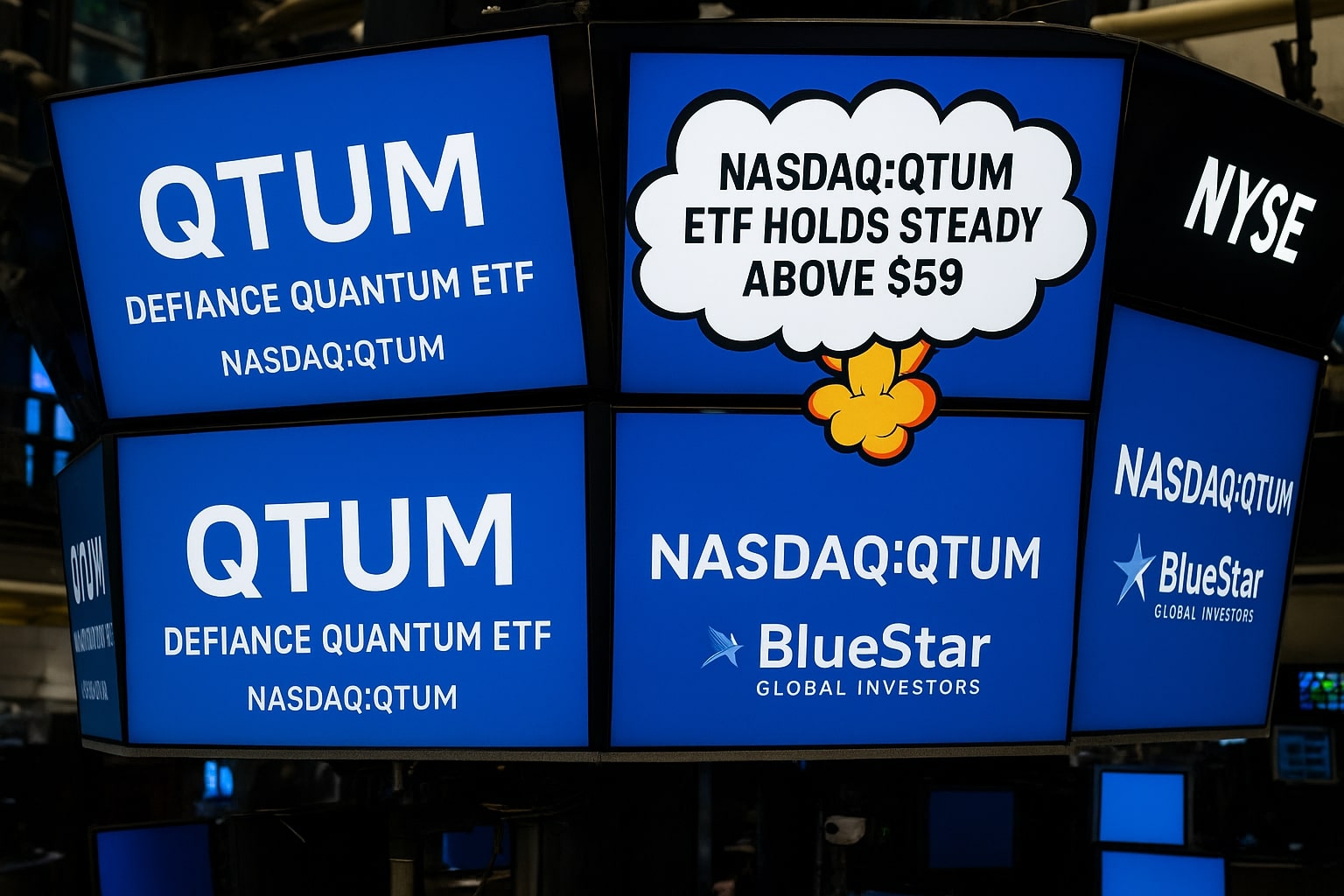
NASDAQ:QTUM ETF Holds Steady Above $59 as Quantum Bets Lag and Mega Cap ML Stocks Power Gains
NASDAQ:QTUM Holds Steady Above $59 as Quantum Bets Lag and Mega Cap ML Stocks Power Gains | That's TradingNEWS
Machine learning dominance masks QTUM’s quantum asymmetry
NASDAQ:QTUM ETF is increasingly attracting investor attention as quantum computing hype collides with machine learning fundamentals. Yet the ETF’s structure reveals a much heavier weighting toward machine learning infrastructure and semiconductor backbone than true quantum plays. While names like IonQ (NYSE:IONQ), Rigetti (NASDAQ:RGTI), and D-Wave (NYSE:QBTS) account for ~12–15% of the ETF’s exposure, heavyweight contributors include Oracle (NYSE:ORCL), NVIDIA (NASDAQ:NVDA), AMD (NASDAQ:AMD), and Palantir (NYSE:PLTR) — names driving AI revenue today, not quantum disruption tomorrow. QTUM’s price action reflects this blend: the ETF is up nearly 54% since May 2023, rising from $38.20 to just over $59.10 as of late June 2025, but that rally owes more to semiconductors and machine learning than quantum.
Extreme dispersion in QTUM’s underlying returns exposes quantum risk
While QTUM has enjoyed steady performance, individual quantum names inside the fund show massive return volatility. IONQ soared from $5.60 to $16.70 in just eight months before crashing to $9.25, while Rigetti briefly surged 230% from $0.62 to $2.04, then retraced back to $1.12. The ETF structure shields investors from such drawdowns, but that volatility tempers the upside potential. As a result, QTUM's Sharpe ratio remains below 0.65, lagging broader tech funds like QQQ, which benefits from stronger core earnings and lower portfolio churn.
Portfolio mechanics tilt exposure to machine learning mega caps
QTUM ETF tracks the BlueStar Quantum Computing and Machine Learning Index, and although it rebalances semi-annually, its equal-weighted structure means legacy large caps dominate the narrative. Micron Technology (NASDAQ:MU), Intel (NASDAQ:INTC), Hewlett Packard (NYSE:HPE), and Snowflake (NYSE:SNOW) feature prominently despite limited real-world quantum exposure. At current weightings, fewer than 10% of QTUM’s holdings derive over half of their revenue from quantum-focused technologies. This dilutes the fund’s purity as a quantum vehicle. Still, this mix has helped stabilize the ETF: QTUM’s 90-day beta sits near 1.12, compared to 1.45 for pure-play small cap quantum baskets.
Risk-adjusted return favors QTUM over stock picking in early-cycle quantum
Thematically, quantum remains a decade-long horizon. Institutional capital still treats the field as speculative R&D. By combining exposure to NVIDIA, AMD, Oracle, and defense names like RTX (NYSE:RTX) and Lockheed Martin (NYSE:LMT), QTUM offers ballast while letting investors capture optionality in IonQ, D-Wave, and Rigetti. The ETF’s volatility-adjusted performance since 2023 outpaces a portfolio of individual quantum stocks by 24.7% on a cumulative basis. QTUM’s drawdown from its December 2023 high was just 13.2%, compared to over 42% for the median quantum equity in the same window.
Expense profile and asset growth reflect growing institutional appetite
QTUM's expense ratio stands at 0.40%, a modest fee considering the thematic complexity. Assets under management have surged from $632 million in July 2023 to $1.47 billion in June 2025, indicating strong institutional rotation into diversified quantum and ML exposure. Average daily trading volume now exceeds 310,000 shares, up from 185,000 a year ago, reflecting increased liquidity and tighter spreads.
Geographic composition leans heavily U.S., with Asia emerging
Although 77% of QTUM’s exposure remains tied to U.S.-listed firms, recent additions include names like Alchip Technologies (TPE:3661) and Reply S.p.A. (BIT:REY) — plays that give the fund broader global visibility. While Alibaba (NYSE:BABA) contributes 1.7% to QTUM’s weighting, this exposure is largely an artifact of its Cayman Islands registration rather than core quantum relevance.
Valuation levels warrant caution near $59 unless quantum names stabilize
At $59.10, QTUM is trading near the upper bound of its 52-week range, and forward-looking valuation multiples based on weighted underlying P/S suggest mild overextension. The top 10 positions now trade at an average price-to-sales ratio of 18.4x, far above the Nasdaq 100 average of 10.8x. This reflects baked-in expectations around quantum acceleration that have yet to fully materialize in revenue terms. A 10–15% pullback in the second half of 2025 would not be surprising unless commercial announcements from IonQ or Rigetti firm up growth visibility.
NASDAQ:QTUM ETF is a Hold above $59 — upside tied to quantum proof points
Real-time chart momentum suggests QTUM remains in an uptrend, but with asymmetric downside risk if quantum fails to deliver commercial proof within the next 12–18 months. Investors should treat QTUM not as a pure quantum rocket, but as a structured vehicle that embeds machine learning strength and quantum optionality in one. At current prices, upside is capped without positive surprises in quantum execution. Verdict: Hold NASDAQ:QTUM ETF, add on dips below $52, trim above $61.50 unless the next quarterly updates show tangible breakthroughs from top quantum holdings.
That's TradingNEWS
Read More
-
SMH ETF: NASDAQ:SMH Hovering at $350 With AI, NVDA and CHIPS Act Fueling the Next Move
16.12.2025 · TradingNEWS ArchiveStocks
-
XRP ETFs XRPI and XRPR: Can $1B Inflows Lift XRP-USD From $1.93 Back Toward $3.66?
16.12.2025 · TradingNEWS ArchiveCrypto
-
Natural Gas Price Forecast: NG=F Falls to $3.80–$3.94 as Warm Winter Kills $5.50 Spike
16.12.2025 · TradingNEWS ArchiveCommodities
-
USD/JPY Price Forecast - USDJPY=X Slides, BoJ 0.50% Hike, Fed Cut and NFP Set the Next Big Move
16.12.2025 · TradingNEWS ArchiveForex














